

|


|
Tamiya Max Climber - 47202
|
Released by Tamiya on July 13, 2004, the 4WD TLT-1 (Tamiya Little Truck) Max Climber (#47202) is the second of their Little Gear Series, designed to use 540 electric motors and standard size ESC, Servos and radio system.
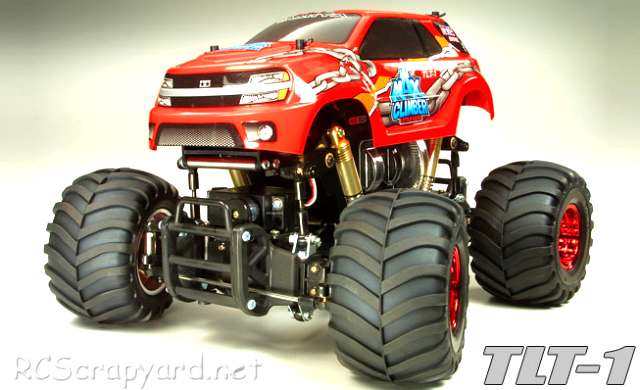
The shaft/belt driven model is based on a vertical alloy plate chassis, with gear type differentials, a central ball differential, coil spring over oil filled dampers, dogbone drive-shafts and bushings.
Like most Tamiya kits the model comes with plastic and sintered metal bushings, that after a short while, when dust and grit get into them, can actually wear into the metal drive shafts that spin in them. If your model is for racing seriously, these should be replaced by a full set of steel shielded ball bearings.
To get the best from the Tamiya Max Climber, it needs to be fine tuned to handle jumps under control and has enough grip to hug the corners at high speed, without slipping off the track. Small adjustments can make a Big difference and our simple to understand, step by step procedure, will guide you to the best Set-up for your driving style.








|
|
|

|
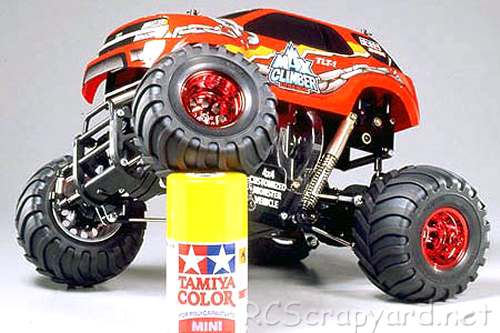
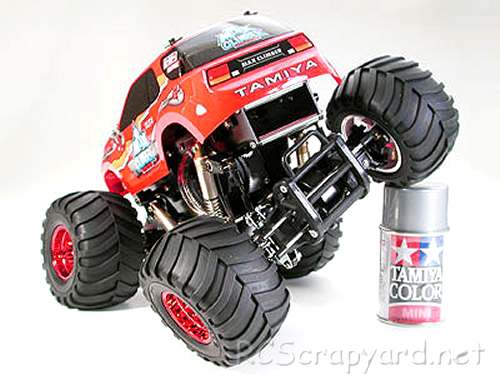
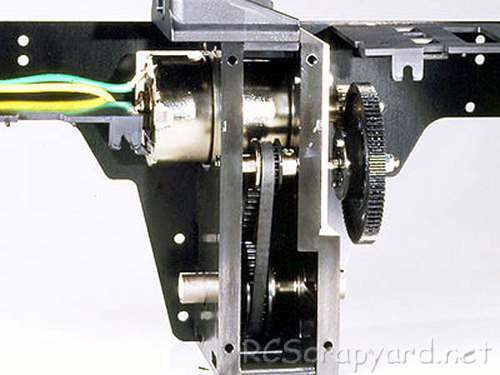
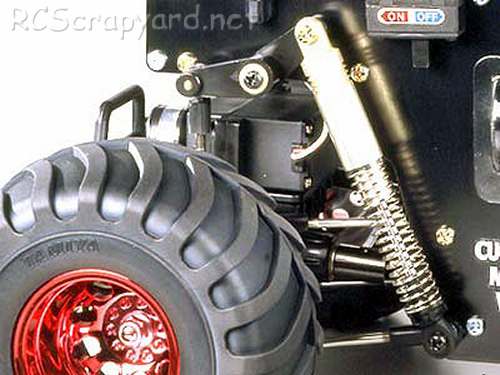
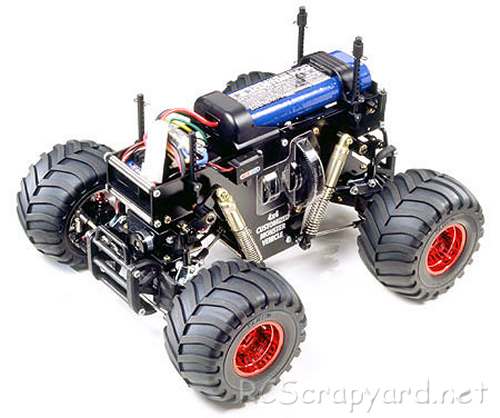
Buying a Used Max Climber Rock Crawler (and What to look for)
Make a General Visual Inspection
Check the Body-Shell
If the body shell of your Rock Crawler is broken, ripped or damaged in any way, this can be easily repaired with rubber solution glue. Also, for added protection and if available for your model, fit an under guard to stop dirt and gravel entering the chassis. Drive Shafts and Turnbuckles
Examine the Drive System
The gearbox of your used Rock Crawler should be opened up to check for damaged gears and wear. If there is excessive backlash in the gearing, these should be replaced. A thin coat of grease on the gears is enough to allow smooth operation and reduce further wear. Pinions and Spur Gears
Steering Servo and Servo-Saver
Don't Forget those Bearings
|









|






|
|
|
|
Hints, Tips and Information Make your RC Model Ball Bearings Work for You
If you are serious about your racing, looking after your bearings is essential if you are to remain competitive. |
|
Hints, Tips and Information
Painting a Lexan Body Shell.
Most RC Model kits come with an unpainted, clear Lexan plastic Body Shell you yourself must prepare and paint. This type of Body Shell is painted on the inside, and special spray or brush on Polycarbonate Paints MUST be used.
|
|
RC Models:
|
Radio & Motors: |
Other
Accessories: |